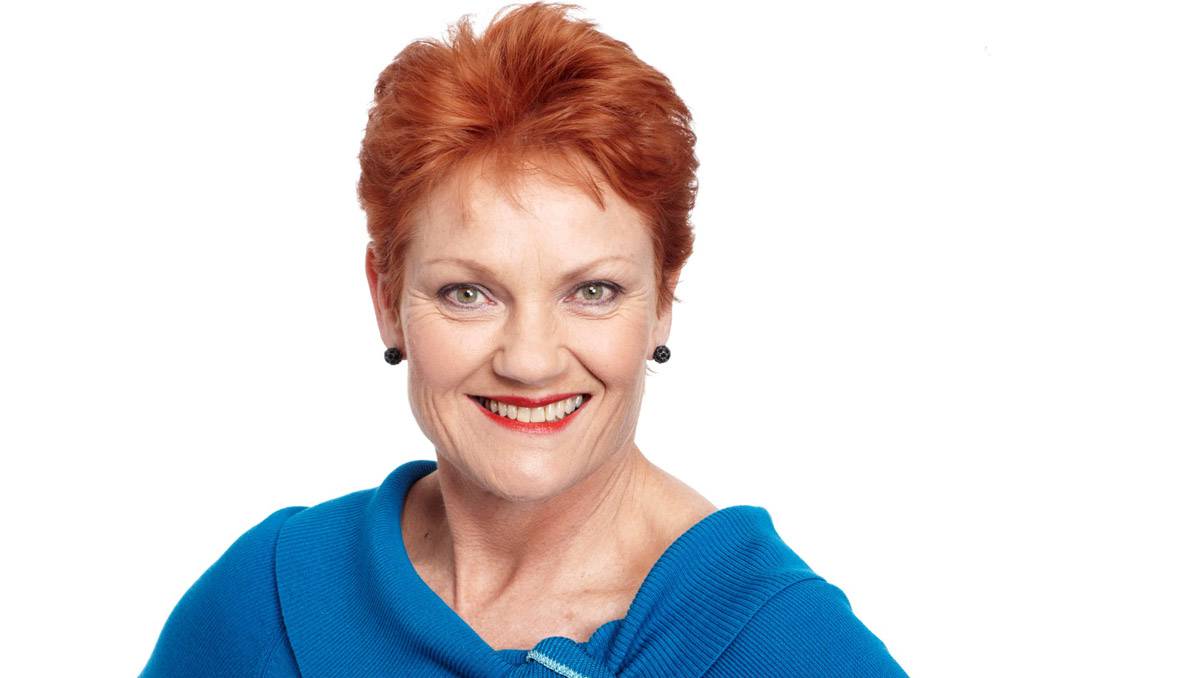
The Rise and Rise of the Minor Parties - Would you vote for them?
The recent swing against the Nationals in the Orange Byelection in NSW is yet another example of the growing influence of minor parties in Australia.
The Nationals suffered a 35% swing against them on the primary vote, eventually losing to Shooters, Fishers and Farmers Party candidate Philip Donato, despite the seat being held on a 21.7 per cent margin by the Coalition partner.
The recent rise of minor parties such as Pauline Hanson's One Nation and Nick Xenophon's NXT is being seen as a wake-up call for the two major parties as they struggle to get several bills through parliament.
And their growing power has also been on full display in Canberra lately. Much horse-trading has been going on this week with the cross benchers with Malcolm Turnbull claiming victory in the passage of the legislation reinstating the Australian Building and Construction Commission.
As Dennis Shanahan writes in the Australian, “He has cleared a collection of legacy policies and heads into the summer break with a list of achievements he can claim as progress — and as a demonstration of an ability to deal with the Senate.”
The primary vote of minor parties in the House also has a profound effect on the major parties at a time when their own primary votes are at historic lows.
While the rise of minor parties is not a new phenomenon, the two major parties need to reassess how they deal with the trend. With the departure of the Palmer United Party in the last election, a range of parties benefited from voters' refusal to return to the major parties.
Beyond the Greens, the most primary votes garnered by a minor party at the last federal election was by NXT, which attracted 245,054 votes, or 1.85 per cent of the vote, followed by Family First with 196,740, One Nation with 172,548 and Fred Nile's Christian Democratic Party with 172,071.
There was then a step down to another group of minor parties with smaller votes, led by the Animal Justice Party 92,014, outdoing Bob Katter's Australian Party with 72,411 votes, Rise Up Australia with 67,041 votes and the Liberal Democrats with 64,305.
A blizzard of other minor parties picked up the remainder, while independent candidates collectively garnered 376,267 votes (2.84 per cent of the vote), up considerably from 177,217 in 2013. *
You would be forgiven for thinking the whole process had turned into a joke, particularly when you’re faced with a voting form larger than the average dining room table… and here’s the reason why…
Australia’s Top 5 Weirdest political parties.**
Bullet Train for Australia Party is a one-policy party. It wants a high-speed train network and promises to be the least annoying party
WikiLeaks Party – formed to support the bid of Julian Assange for a Senate seat in Victoria state.
Pirate Party Australia has nothing to do with swashbuckling and the high seas, but intellectual property
Coke in the Bubblers Party. Every year, in primary schools across the country, students are elected to leadership positions on the promise of putting Coke in the Bubblers.
Australian Sex Party. The Australian Electoral Commission actually had to decide whether its name was obscene. The Party was founded in 2009 in response to concerns over the influence of religion in politics and internet censorship.
Would you vote for a minor party? Have you already? Are you disillusioned with the major parties? Vote in our poll
**http://www.aec.gov.au/Parties_and_Representatives/party_registration/Registered_parties/index.htm
* Laura Tingle AFR http://www.afr.com/news/minor-parties-vote-didnt-lift-in-election-it-just-caused-more-trouble-20160719-gq8z8a

